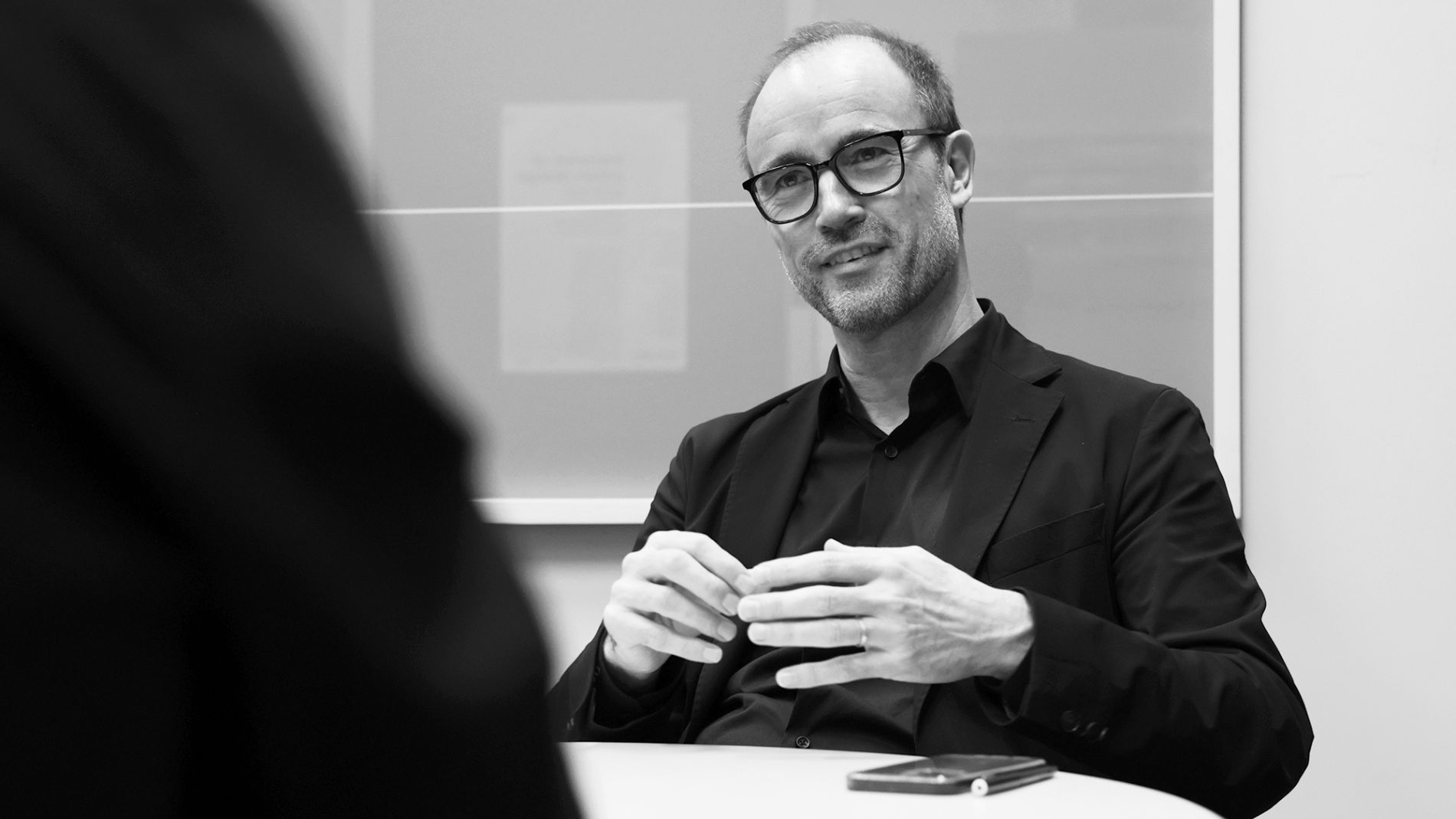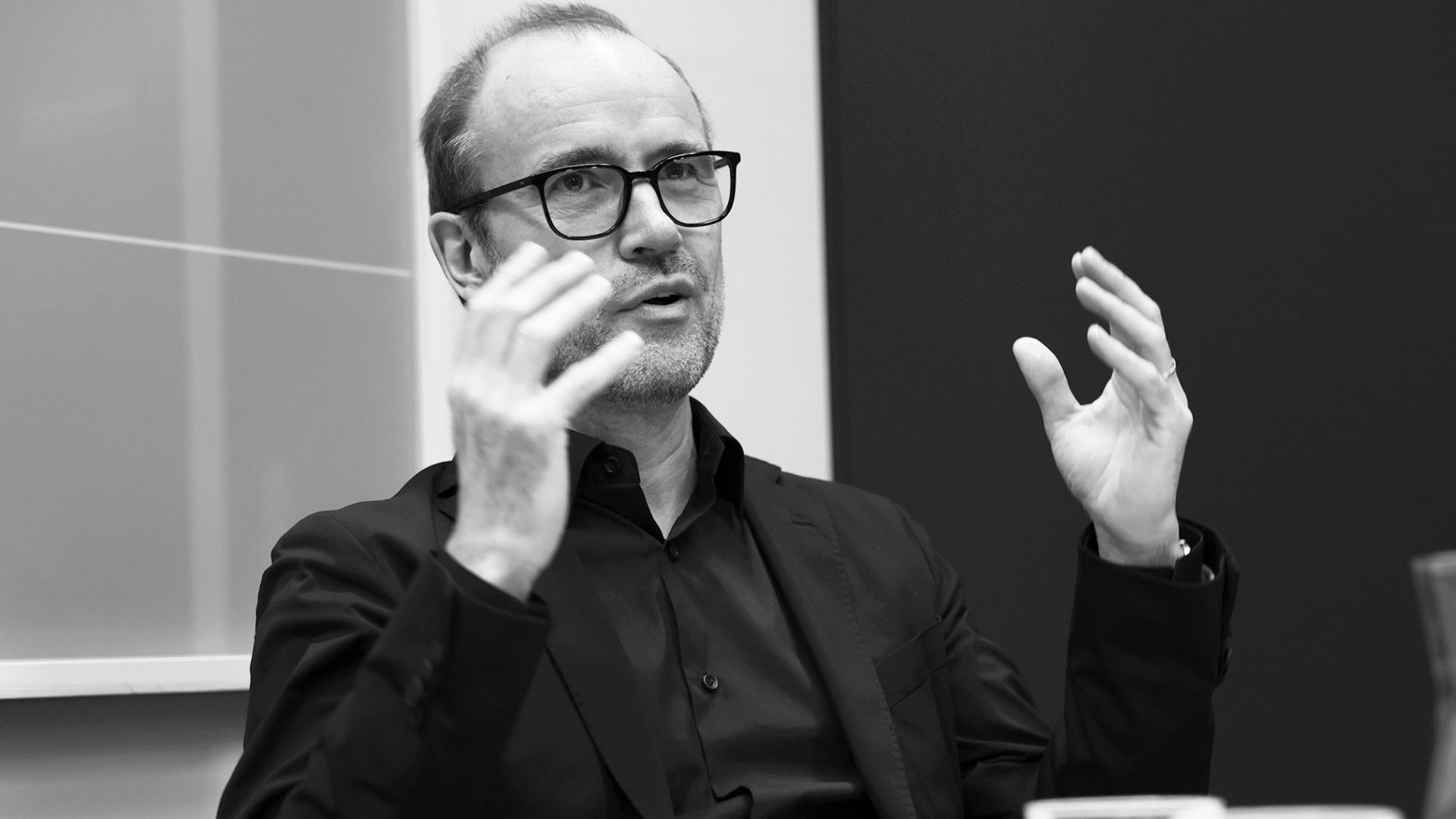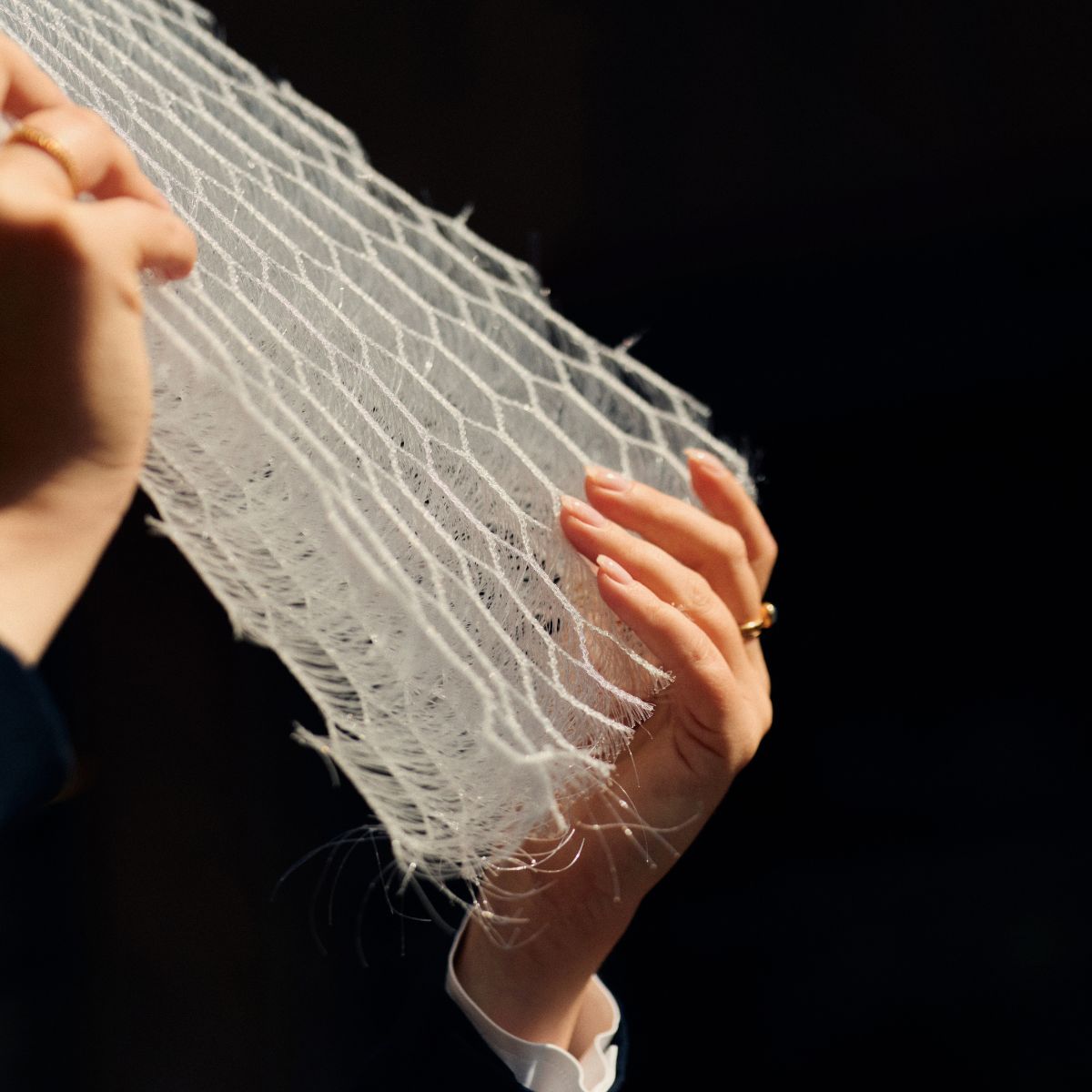Reading time: 5 minutes

Mr. Avermaete, one of your tasks at ETH Zurich is to explain the history of urban development to future architects. What would you like to pass on to the younger generation?
For me, architectural history teaches us two things: First, we urgently need to stop transporting building materials around the globe. Let's limit ourselves to regional resources again, as our ancestors did. The building materials for historic Brussels, for example, were sourced from within a radius of only about 30 kilometers. We, on the other hand, are using natural stone from China in the middle of Europe—that's completely insane.
Secondly, I would like to see us return to a culture of repair and reuse, which we in the West lost with industrial mass production and mass consumption. Whereas in ancient times, the Middle Ages, and the Renaissance, existing materials were always used as the basis for new creations, we have degraded architecture to a disposable commodity and forgotten how to repair or adapt things. The philosopher and cultural critic Ivan Illich said it right: We absolutely must reacquire this ability.
Does architectural history teach us to build responsibly?
Knowledge of architectural history is more valuable today than ever before. In order to establish a building culture that is friendly to both people and the environment, we all need to be a little bit like historians.
Up to now, however, architectural history has mostly been told as a history of great ideas and geniuses. How people managed resources is rarely considered, nor are the social constellations that guided the architectural development of cities.
A fundamental shift in perspective is currently taking place: The history of ideas is becoming a reciprocal historiography. When we architectural historians deal with buildings and cities today, we ask about the resources from which they were created—i.e., building materials, knowledge, and craft techniques, but also topographical and climatic conditions and social circumstances. We can learn a great deal by thinking about the past in this way. That is why we are currently revising our lecture program at the Institute for the History and Theory of Architecture.
You are already discussing environmentally friendly architectural experiments from the 1960s and 1970s in your introductory lectures. These projects anticipated many things: the use of solar energy, for example, and building with recycled materials.
These projects are little known or have even been completely forgotten. Our discipline sometimes suffers from amnesia. That's a shame. We spend our time repeating experiments instead of benefiting from the experiences of the past.
How does today's environmental debate differ from that of the 1970s?
The 1970s marked the first peak in the ecological discourse, but the projects of that time were only intended as test cases. Unlike today's generation, architects then did not yet aspire to making sustainable construction the new normal.
Why is it so difficult to bring about profound change in building practices?
There is a deep divide between academia and politics. But for the construction revolution, we need not only research and creative ideas, but above all committed politicians: We must adapt standards and building laws so that they do not hinder the continued use of existing buildings and encourage the reuse of building components. We are still setting the wrong priorities: Pritzker Prize winner Anne Lacaton recently told me that, here in Switzerland, many of her reuse ideas fail because of comfort standards. In addition, political pressure on industry is needed to make building products more durable and easier to repair.

You are also promoting a change of perspective: the decolonization of architectural history.
For generations, we’ve acted as if all innovations in architecture and urban planning originated in Europe and North America. That was incredibly ignorant. It is a great benefit to look at history differently—especially in light of climate change. The Global South teaches us how to cope with heat through its traditional architecture. And people there can teach us again how to use resources sparingly. They are much less influenced by mass consumption than we are and still understand how to repair things and make use of what is available. It’s no coincidence that firms such as BC architects in Brussels, who want to build in a climate-friendly and economical way, are increasingly looking to the building culture of southern countries.
Switzerland never had any colonies. Nevertheless, you and your team are researching Swiss colonial history.
Switzerland is deeply entangled. Swiss businesspeople, companies, engineers, and architects were active in the colonies of other European countries and profited from exploitation. Shops in Zurich sold colonial goods, and the famous Swiss chocolate factories processed cocoa and sugar from the colonies. What remains from this period are architectural testimonies such as the magnificent Villa Patumbah, whose builder, Karl Fürchtegott Grob, became one of the richest men in Switzerland from tobacco plantations on Sumatra.
Since 2023, interesting work on Swiss architecture in the colonial era has been produced in our research studio. Deepthi Puthenpurackal, for example, examined the buildings of the Basel Mission in Kannur, India, where the missionaries were also businessmen and earned money from colonial goods such as textiles. Rémi Madrona, meanwhile, researched the factories and workers' quarters of the chocolate producer Suchard in Geneva and Neuchâtel, as well as its plantations in Sabana del Mar in the Dominican Republic.
In the past, revisiting hidden chapters of Swiss history was not well received. The Bergier Commission was met with hostility for its investigation into Swiss refugee policy during the Second World War and the whereabouts of Jewish assets in Swiss banks. Do you experience the same?
Times have changed. Today there is also great interest in the darker parts of Swiss history—many people want to confront them.
We encounter other obstacles. Sometimes archives remain closed to us, or entangled institutions and companies only make some of the sources accessible. Missing archival material also causes us difficulties: Plans or documents that we know existed are suddenly nowhere to be found. Researchers then have to painstakingly piece together a picture from other material.
Some people, however, cannot tolerate the presence of problematic historical artifacts. They want to remove statues or rename houses and streets.
I think that's wrong. It's even dangerous to remove historical evidence from public spaces. Mistakes must not be forgotten. Instead, we need a critical culture of remembrance. There are many ways to deal productively with controversial relics—whether by adding explanatory texts or through artistic actions.
However, a nuanced approach to history only works in an open society.
And that is why I am very concerned. Not only in the United States, but also in my home country of Belgium, more and more people are now unable to tolerate conflicts of opinion. After World War II, it was part of European political culture to tolerate dissent and engage with differing points of view. But today, people are quick to think in extremes. All of a sudden, nothing seems conceivable between the monumentalization of the past and the erasure of all memory.
Management Summary
Listen now: your management summary in audio format.










